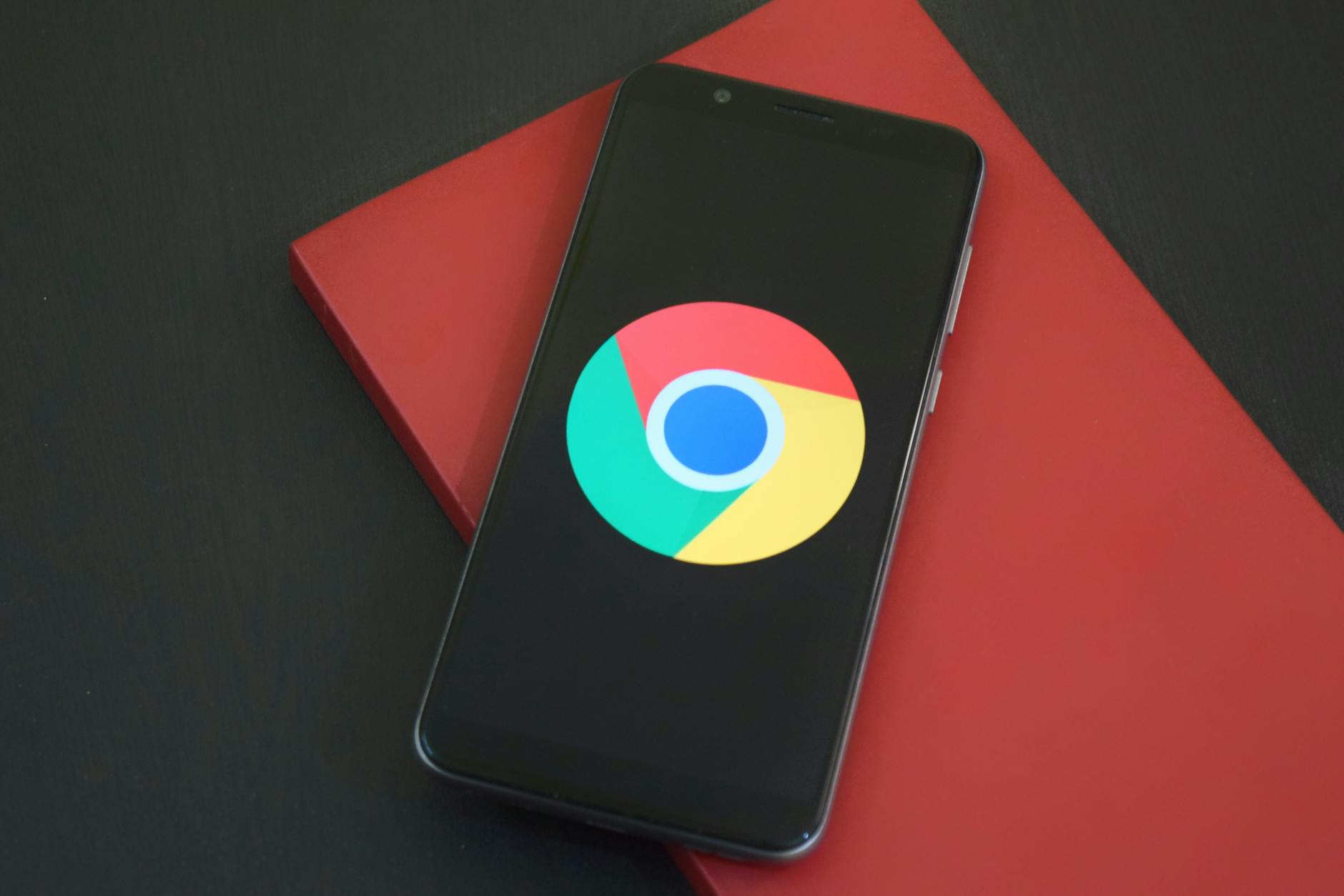Photo by Deepanker Verma on Pexels
Microsoft’s Edge browser is now significantly faster, thanks to optimizations centered around its WebUI 2.0 architecture. The company announced that the time it takes for users to see the initial elements of a webpage – text, images, and UI components – has been slashed to under 300 milliseconds. This First Contentful Paint (FCP) improvement is a key factor in user experience, with studies showing that delays longer than 300-400ms can be detrimental.
The speed gains are attributed to the ongoing migration to WebUI 2.0, which streamlines the browser’s user interface. This newer architecture reduces code bundle sizes and minimizes the amount of JavaScript required for initial UI loading.
Beyond faster initial page rendering, Microsoft has also optimized other Edge features, including downloads, browsing history, private tabs, settings, split screen functionality, and even the AI-powered Read aloud feature. The company intends to continue refining Edge’s performance with future updates targeting Print Preview and Extensions.
These performance enhancements arrive at a time of heightened competition in the browser space, as Microsoft navigates the existing market while also facing potential challenges from emerging AI-driven competitors, like OpenAI.
